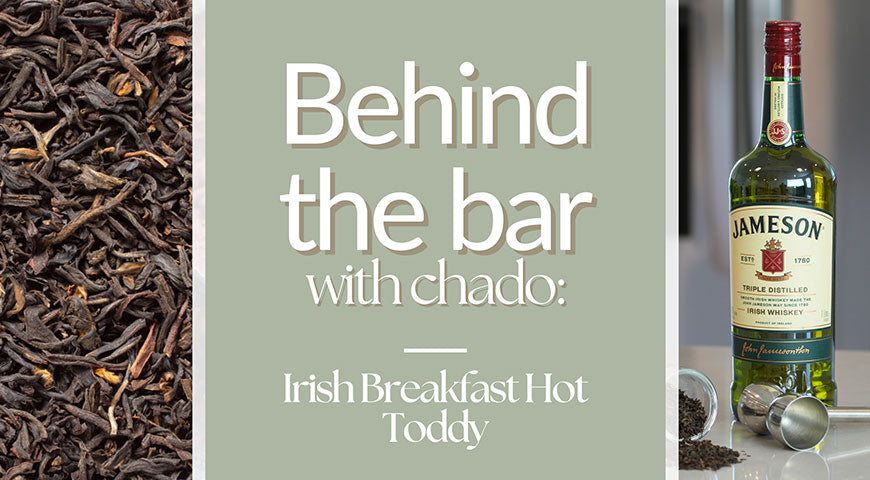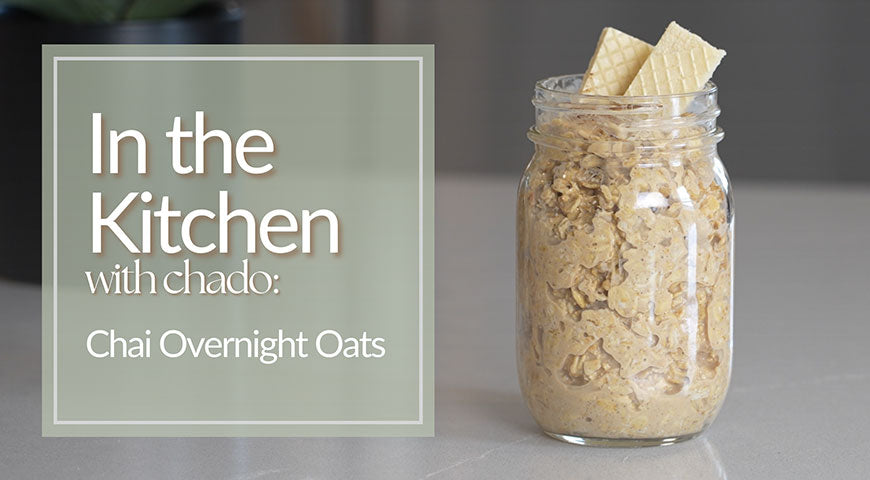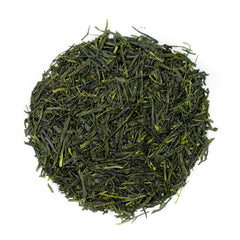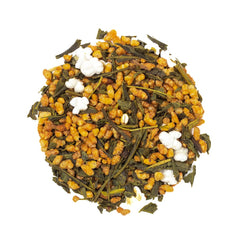
History of the Japanese Tea Ceremony

Harmony, respect, purity, and tranquility, these are the four main principles of a traditional Japanese Tea Ceremony. The origins of this celebration can be traced back to the 9th-century CE. The first record found in historical text tells of how a Buddhist monk named Eichu, served tea to the ruler of Japan, Emperor Saga. This fateful meeting occurred on Emperor Saga’s visit to the village of Karasaki, in the year 815 CE. The ceremony progressed during the 12th-century CE when a monk by the name of Eisai, has been thought to be the one who introduced a specific way of how to prepare tea and the usage of a powdered green tea we know today as Matcha. When he returned to Japan from a trip to China, he brought with him the technique of preparing Matcha. He started by placing the matcha in a bowl, then adding hot water, with the last step being to mix the two ingredients together. This process soon became common practice among the Buddhist monks of the area.
13th-Century CE
As Japan came into the 13th-century CE, a feudal military government was in place. Tea and tea drinking went on to become a symbol of status for the high ranking military officials and warriors. So much so, that tea drinking competitions would be held and the contestants had to guess the best-quality teas to win a prize. Stepping into the 16th-century CE, tea drinking had become a popular pastime for the Japanese people. During this period, Sen no Rikyu was the Japanese expert on tea and he set the precedent of what we know today as the Way of Tea. Rikyu wrote a book titled, Southern Record, in which he explains his knowledge of tea, and promoted the idea that a meeting should always be treasured because it is a unique occasion, one that can never be reproduced. This book is where he also tells of the four principles taught to him by his master Takeno Joo, harmony, respect, purity, and tranquility. Rikyu also started three schools of tea preparation based off of his teachings and to continue the tradition of drinking tea. These schools are the Urasenke school, the Omotesenke school, and the Mushakojisenke School, all three are still in operation today.
Traditional Tea Ceremony
Before the ceremony can begin a formal invitation must be sent to the guests. The next step is the teahouse needs to be cleaned as well as any gardens that may surround it. A traditional tea ceremony location is surrounded by a garden. The garden is expected to be calm and relaxing to help maintain a calm spirit. There should be no bright colored flowers or ones with a strong scent since it is seen as a distraction. Stones of all shapes and sizes will be used to make the path leading up to the teahouse.
At the entrance you will find a stone lantern placed next to a stone basin where visitors must wash their hands before entering. Any utensils need to be selected beforehand as does the menu that will be served. Depending on the school some aspects of the ceremony may change such as the time, location, and season. The biggest difference is between the summer and winter ceremonies, largely the location of the kettle used to heat the water for the ceremony. In regards to dress code, avoid gaudy, bright clothing, jewelry that may damage the tea ceremony items, and strong perfume or cologne. If any of this is worn it can detract from the ceremony. The ceremony traditionally takes place in a Tatami room, with the entrance sometimes being so low that entering guests have to bend over, representing humility.
The Ceremony Begins
After bowing the guest of honor takes their seat nearest to the alcove, the other guests then follow. Once all of the guests have been seated it is tradition to bow once more before taking in the decorations that have been carefully curated for the ceremony. This decor would consist of seasonal flowers or a scroll, or both. Now the tea preparation can begin.
The host of the ceremony begins by preparing the tea in front of the guests. The main equipment includes the tea whisk (chasen), tea container for the powdered green tea (natsume), tea scoop (chashaku), tea bowl, sweets container or plate, and the kettle and brazier. Each piece is chosen for a specific reason and it also has a specific placement during the ceremony. Before the tea can be served or consumed a japanese sweet is supposed to be eaten. Then the tea bowl is placed on the tatami mat in front of the guest, with the front facing them.
The guest then has to pick the tea up with their right hand and place it in their left palm. With their right hand, they then turn it clockwise by 90 degrees so that the front of their hand is not facing them. The guest is then expected to drink the tea in a few sips and place it back on the tatami, following this they bow their head to show thanks for receiving and finishing their tea. At the end of the ceremony the guests are then given time to inspect and appreciate the fine details of their tea bowl. Once they are done they must turn the bowl so that the front of the bowl faces the host. On some occasions the host may ask their guests if they would like another cup of tea, if not the ceremony is now over. The ceremony closes with the host washing the tea utensils and returning them to where they were placed before starting.
Want to try one of our many Green teas?
Check out the Selection of Green Teas we have to offer from all over the globe.








